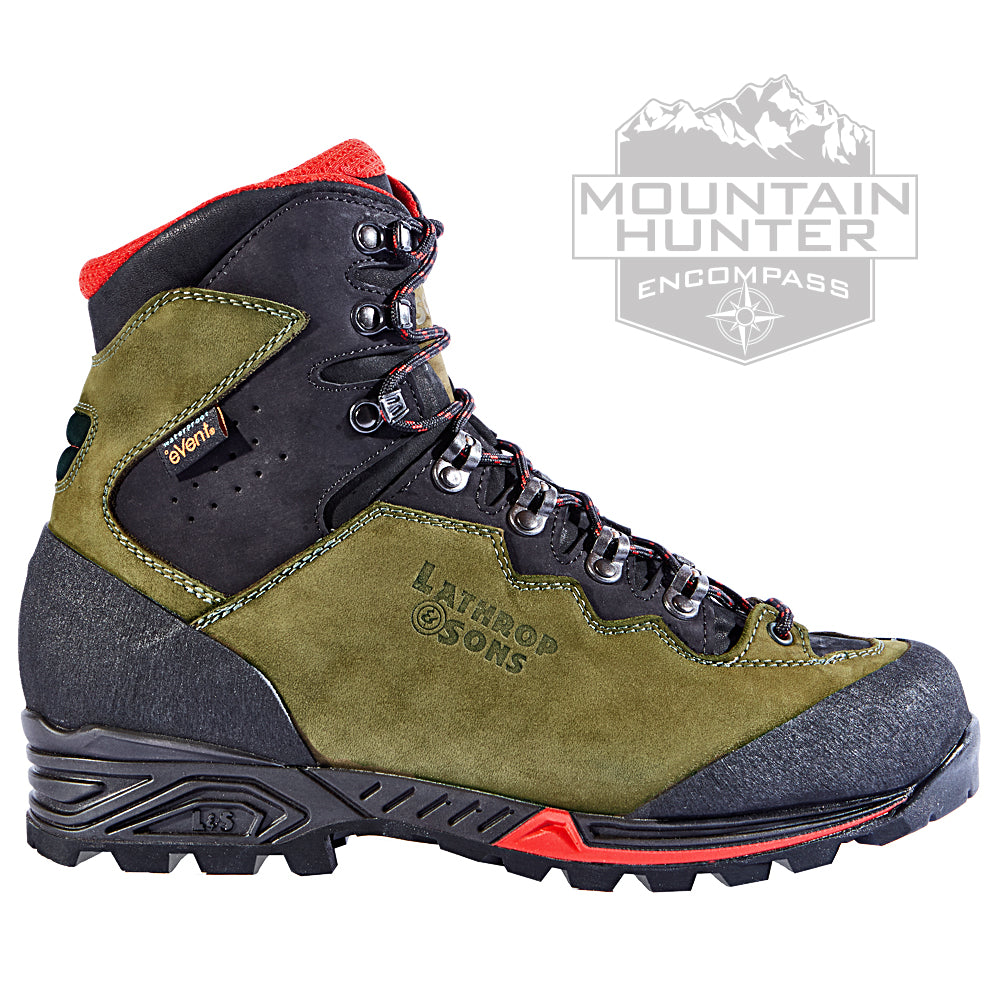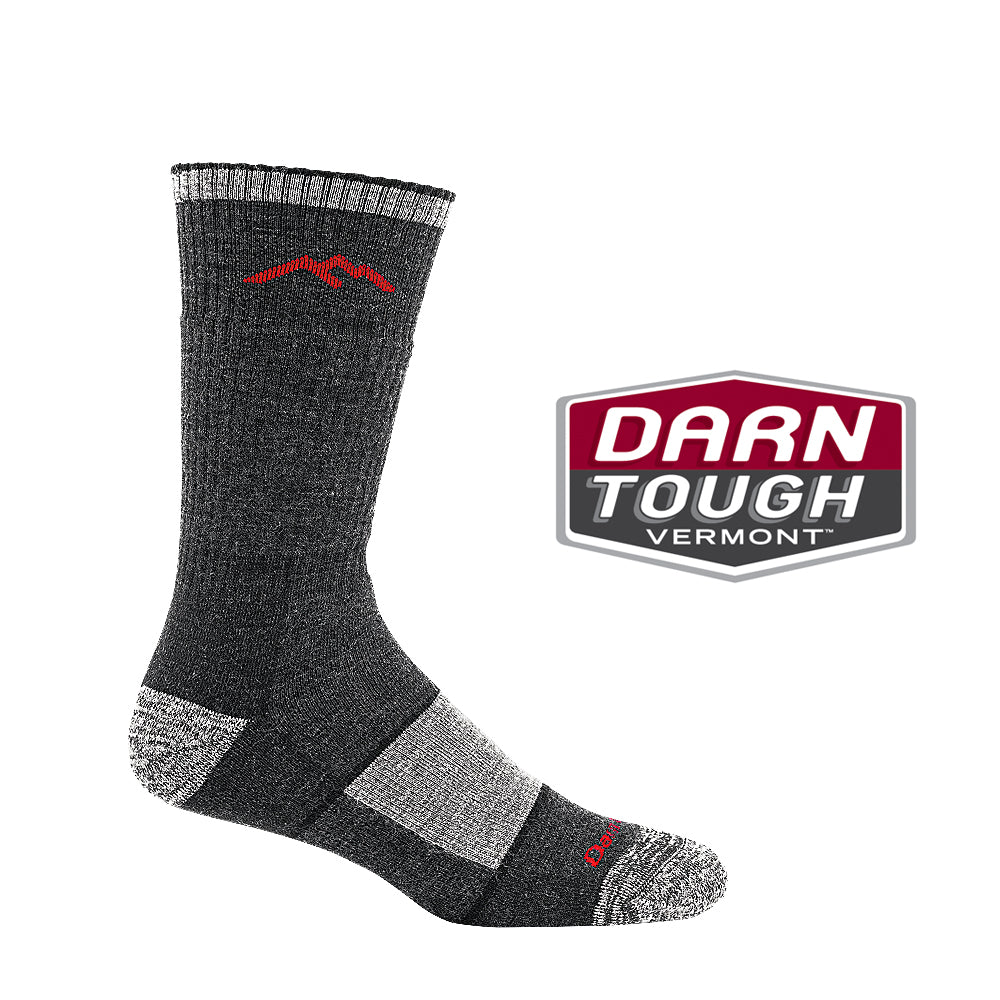fatlander
WKR
- Joined
- Feb 11, 2016
- Messages
- 2,450
I started out mountain hunting in the stiffest boots money could buy. Over the years, I’ve moved to more flexible boots. Currently hunt in schnees kestrels. On my second pair of them, the first pair has well over 1,000 miles on them. If I’d taken better care of the leather I’d still be hunting in them. They leak like a sieve because I didn’t.
I think if a guy has 3 months to get ready for a mountain hunt, he needs a stiff ~10” boot. If he’s going to train all year, making the switch to lighter boots is a no brainer. You need time under load to condition yourself to the lighter boots. You’ll fatigue less in a lighter pair of boots and you’re able to stalk much more effectively, in my experience, with a boot that you can actually feel the ground with.
Sent from my iPhone using Tapatalk
I think if a guy has 3 months to get ready for a mountain hunt, he needs a stiff ~10” boot. If he’s going to train all year, making the switch to lighter boots is a no brainer. You need time under load to condition yourself to the lighter boots. You’ll fatigue less in a lighter pair of boots and you’re able to stalk much more effectively, in my experience, with a boot that you can actually feel the ground with.
Sent from my iPhone using Tapatalk




